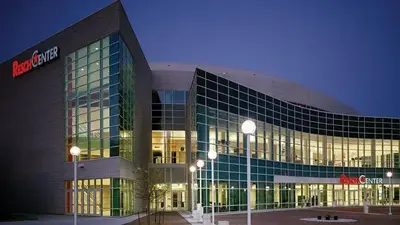Wisconsin state Sen. Chris Larson. | legis.wisconsin.gov
Wisconsin state Sen. Chris Larson. | legis.wisconsin.gov
State Sen. Chris Larson (D-Bay View) is optimistic about what the dawn of the so-called Fusion Age could mean in the pursuit for clean energy.
“Are we close to harnessing the power of the sun for unlimited clean energy?” Larson recently posted to Twitter. “If a recent breakthrough by researchers in California is any indication, the answer is ‘yes.’ Scientists were able to realize a net energy gain from a lab-created fusion reaction for the first time.”
Government officials at The U.S. Department of Energy are keeping close tabs on developments, recently announcing that fusion energy researchers at California-based Lawrence Livermore National Laboratory have accomplished nuclear fusion.
Federal authorities have not been shy about heralding the developments as huge scientific breakthroughs spurred by years of research. Over time, they add, these breakthroughs could lead to even more advances, particularly in national defense and clean energy.
According to CNBC, nuclear fusion releases a large amount of energy by combining two light nuclei into a heavier one.
For roughly the past eight decades, scientists have been working to replicate the sun's fusion energy production on Earth. The fusion experiment must generate more energy from the reaction than the laser energy used to drive it in order to accomplish ignition.
In the experiment Dec. 5, this ultimately occurred, with the reaction reportedly requiring two units of energy, or megajoules, and producing in the neighborhood of three megajoules.
Along with all the mounting discoveries, there's hope that the growing number of fusion power plants currently cropping up nationwide could soon serve as a budding source of clean and abundant energy, even as some are convinced the most impactful technological advancements could still be years away.
"You have to have a robust system of drivers to enable that,” said Kim Budil, director of the Lawrence Livermore Lab. “So, you know, [it's] probably decades away. Not six decades. Not five decades, which is what we used to say. I think it’s, with concerted effort and investment, a few decades of research on the underlying technologies could put us in a position to build a power plant."






 Alerts Sign-up
Alerts Sign-up